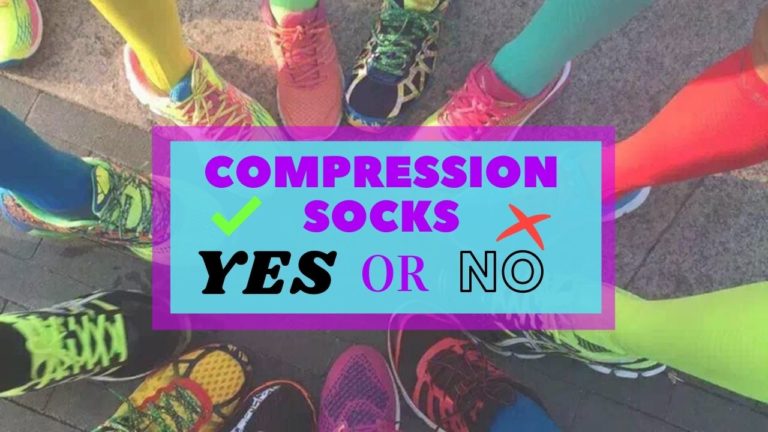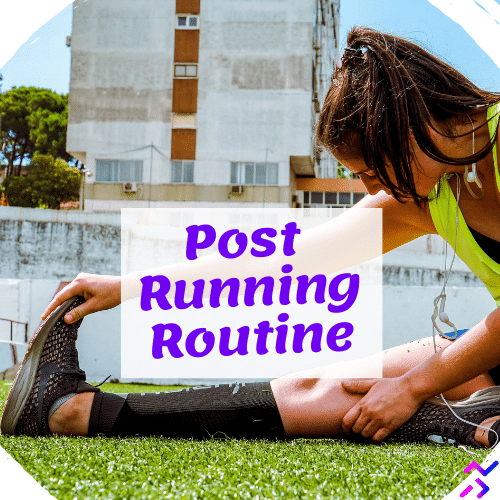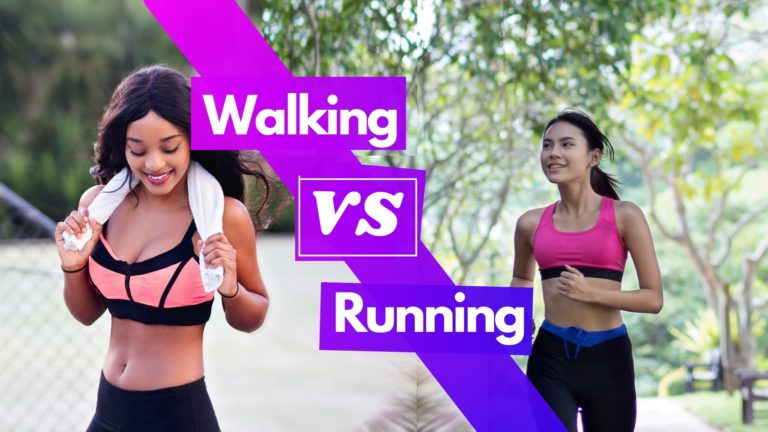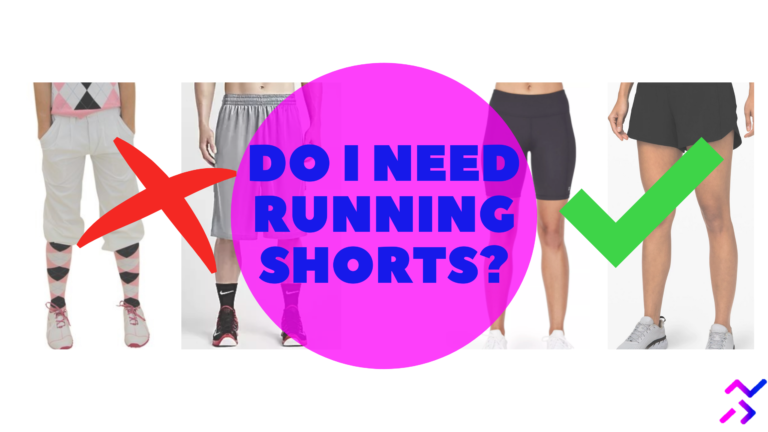Do compression socks and exercise really belong together? Do these, sometimes funny looking socks, even provide some type of benefit to we who exercise? I know I’ve personally tried them for my longer runs / exercise sessions, but have you? These questions and more can be answered throughout the sections of this post.
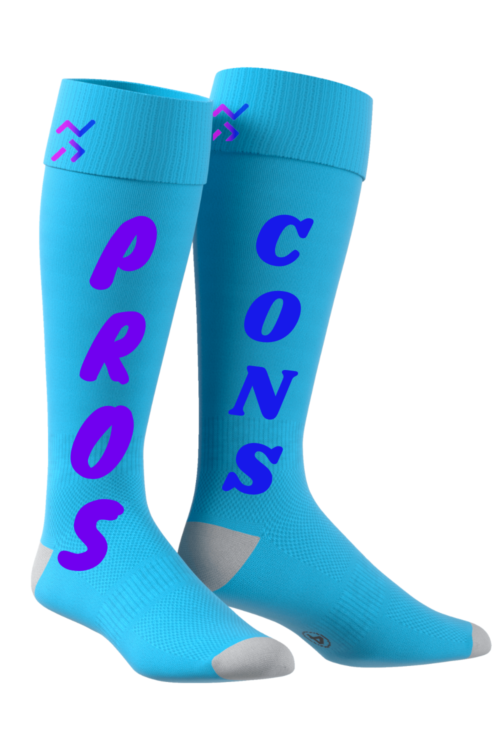
Pros
Some quick PROS for using Compression Sleeves with Exercise:
Improved Circulation --- Reduced Swelling --- Faster Recovery Times --- Injury Reduction
More information can be found below
Cons
Some quick CONS for using Compression Sleeves with Exercise:
Expensive Purchase --- Not enough science to support --- Uncomfortable --- Sweaty
More information can be found below
Have you ever been watching or competing in some type of running / endurance event and seen those around you wearing knee-high socks? Now I know what you’re thinking but they’re not just for looks as one might think. They’re actually a specific type of sock known to some as: compression sock. We’re going to break this post up a bit into three main, bite-size pieces. These would include:
What are Compression Socks
Why do our muscles swell during exercise
How can Compression Socks help
What are Compression Socks?
As mentioned earlier, these funny looking socks are known as Compression Socks or Sleeves and they are mainly supportive, tight-fitting socks that traditionally reach the top of one’s calf and helps to encourage a healthy circulation of blood from your feet, ankles, and calves back up to your heart. Most offer graduated compression, with simply means that there’s more pressure down at the ankle compared to up around the calf. Dr. Doug Tumen, a podiatrist at Hudson Valley Foot Associates explains it simply: “Compression socks work by applying a constant pressure to the ankle and calf area,”. Pros and Cons of such Compression Socks can be seen below:
Pros:
Improved Circulation by assisting your bodies veins in moving blood back up to your heart and lungs to get more oxygen
Reduced Swelling by encouraging more blood to move through the muscles without getting stuck
Faster Recovery Times because of the increased blood flow, waste produced by your muscles are moved with the blood
Injury Reduction by helping to prevent clots and keeping the lower leg muscles fresh with increased oxygenated blood
Cons:
Expensive Purchase when compared to traditional socks as we found them selling everywhere from $5 to over $50
Not enough Science as in, clinical trials are limited when talking about the benefits and set backs used with exercise
Uncomfortable to wear, especially when your body is not used to them. Ensure you get the right fit
Itchy & Sweaty depending on the type you get, since they’re a bit tighter than traditional socks, less air circulation can occur
Why Do Muscles Swell During Exercise?
Have you ever sat on a plane or a chair in general for a long period of time? Then when you stand up, your lower legs feel a bit heavier or you’ve even experienced some tingling for a short period of time? I’m sure we’ve all been there a time or two in our lives. Well that’s your body telling you that you have to get up and move a bit more, when possible.
Increased Exertion = Increased Heart Rate = Increased Blood Flow = Increased Volume of Muscles
The further away the body part, the greater chances you could experience swelling during or after exercise. Repetitive exercise, such as running, can create Microtraumas to capillaries, especially in our extremities. This can then go onto encouraging fluid accumulation because the circulation overall is not as efficient with moving fluids throughout the body. Other ideas for swelling could be due to electrolyte imbalances, injured muscles, or medications. If you have swelling accompanied with pain, usually for more than one day, you should consult your doctor.
How Do Compression Socks Help?
So here’s what we’ve all been waiting for. Do the Compression Socks actually help and if so, in what ways? The Journal of Science and Medicine in Sport has a wonderful article that goes real in-depth for all the exercise-science enthusiasts in the room
Assistance: Meaning that they help compress the smaller veins in your feet / ankles with some extra pressure to assist getting blood back up to your heart. This then helps open up some room to have new oxygenated blood to enter / nourish your muscles
Prevention: To keep things high level, the increased circulation mentioned above can help alleviate common pains associated with achilles and calf strains as well as shin splints or cramping. This movement is essential in preventing any waste or byproducts produced by the working muscles to sit
Recovering: Your body’s really good at utilizing what’s available for energy, especially when times get tough! During longer exercise sessions, carbohydrate use elevates for energy as your muscles start sending out the SOS signal for additional oxygen & nutrient rich blood. The Compression Socks are believed to provide pressure to the deep veins, helping flush out byproducts and welcome in new / fresh blood.
The Verdict’s In:
According to the study mentioned above, we see the following. “Wearing sports compression socks during high intensity running has a positive impact on subsequent running performance. The underlying mechanism of such performance enhancement remains unclear, but may relate to improved oxygen delivery, reduced muscle oscillation, superior running mechanics and athlete beliefs.” Many believe the benefits of Compression Socks to be more of a mental boost. We encourage you to give such a try and let us know your experiences below.
